One of the collective shared aspects of creative people, no matter how outwardly arrogant, assertive or confident they may seem, is self-doubt and self-questioning. We all do it we all suffer from wrestling with it… but we don’t all express it in the same way. You know what I mean. That cliche that your guidance counsellor tells you in high school how everyone is scared and uncertain and feels like a weirdo, and its not just you. it’s true, then and now. Doubt can be of aid, it can fuel you away from resting on your laurels, or keep you frosty and alert for making your work better and all that. Doubt and a nervous uncertainty are an inherent part of exploring the outer edges of experience.
However, the work itself should never be uncertain, or in doubt of itself. Not ever. I’m not saying that the bag-of-cats-crazy that you go through in making your work should be a perfect landscape of self confidence- in fact i can guarantee that if it is, the work you’re making will either heroically suck, or be so redundant that heroically sucking would be an improvement. I mean in the work itself and how it avails itself to the eye. The Work should always be certain of itself, bold and determined. It should be decisive and confident in how it expresses itself. The Work is the sausage and the working is the yucky grisly act of making the sausage- but no one selling sausage successfully lets the customer see the making part as a way to sell the final product.
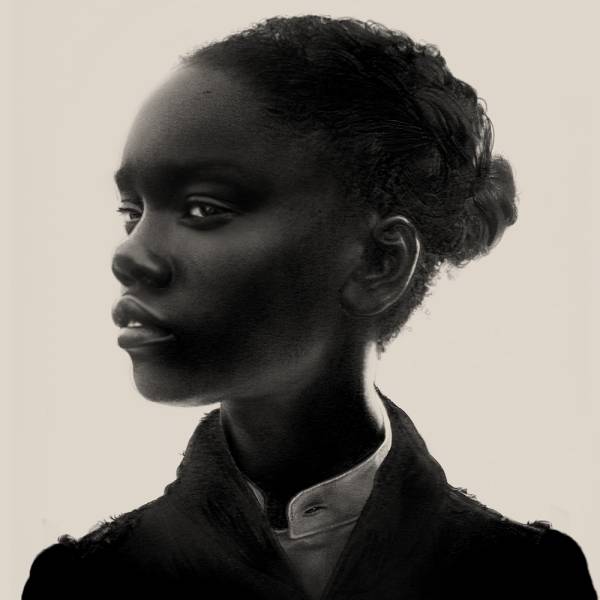
A rejected piece for a book cover. It happens but the work from it I still love and appreciate even if it wasn’t right for the thing for which it was intended.
Simply put, whatever your self doubts and fears are, your negative habits and your chronic mistakes, make sure that the work itself is a place of boldness. Artmaking either personally or professionally should be Walter Mitty Syndrome in reverse: The dreamworld where you’re a bold and brave hero should be the work’s reality, not the other way around. And find some solace too in knowing that all of us wrestle with doubt and worry and fear of finishing and failing in public and showing too much of our undies accidentally and all the rest. I myself have been doing this for over 20 some odd years professionally and I still obsess far more over my failures, or a bad write up than the successes. Questioning is part of the process and can be an asset at times, but it should never end up on the Work except as an expression of the lesson learned or the decision made. The Work should convince the viewer it knows exactly what it’s doing even if the artist doesn’t in any way feel that they do.
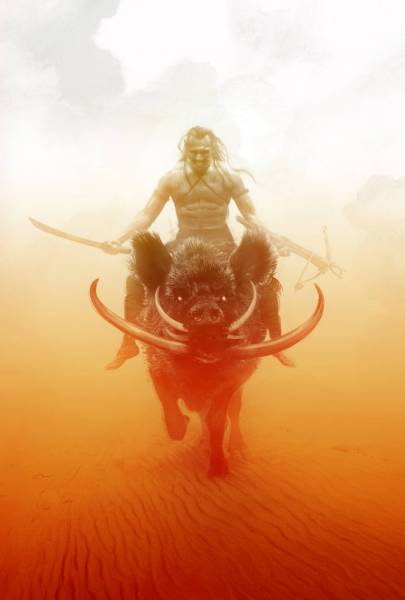
A rejected cover painting for a book despite fulfilling exactly what was asked. Sometimes it isn’t about what you do at all, it’s something else out of your control.
This means that for the Work, make choices, plant flags and be bold in what you decide to do or express. Fake it ’til you make it is a fine fallback ethic to pursue here. Your compositions should be decided not incidental. Your color values, tonalities and subject matter should be on purpose. The strength of the Work lies in the boldness and certainty of these decisions. You’re courting the viewer to spend time looking at your piece, and it won;t happen if the Work isn’t confident or determined in itself on the outset. Accidents can be a great and thrilling part of the process, but the inclusion of accidents in the Work, should always be a determined choice. Yes you will screw up, and yes you will find that sometimes no matter how much you throw into into a project, it just never comes together. It happens to all of us in all stations of our careers no matter how long we do it. Sometimes no matter how much lightening you put into Frankenstein’s monster, it just doesn’t wake up and walk around like it’s supposed to. That’s okay. It happens, and once you get over the loss of that failure, take the errors and correct them or simply just do it all again and again until it does get up and go rampaging.
One of the reflexive things we do as artists that can easily undermine our mighty Work, is the empathetic response to how its seen. Picking up on the response of a viewer in realtime or online is an important skill to have- to be able to discern a reaction even if non-verbal. The wrong way about it is to internalize that response as a fact of the work, rather than as it truly is, a fact of the viewer’s subjective opinion about it. You will fail, no matter how bold or practiced or professional. Sometimes you simply won’t do right by the assignment and you’ll have to come to grips with that and move on regardless. And sometimes the viewer might see something you are nose-blind to in the Work that can be of real help. Acknowledging a failure is not the same as internalizing failure, and though it may make you more doubtful and wary the next time, again, it should never show up in the Work. Sometimes it simply comes down to faking it.
We all stand naked before the world in our Work, and it can be intimidating. It helps to keep in mind that the Work is not You. It comes from you and all of that of course, but the Work is not the sum total of your ultimate value nor is it necessarily the final expression of your maximal capabilities. And while it is certainly important to be talking about the Work deftly to others, silence is always better than public self-doubt or running yourself down when speaking to it aloud. It’s what’s behind the classic excoriation about portfolio reviews that begs you never to apologize for the work your showing, wax poetically about what you INTENDED to do despite what’s sitting there before you. It’s why you should always flash your finest feathers in a portfolio rather than your weaknesses, stand by and own your capacities in their best form when presenting your work to a reviewer or art director or whatever. I’m not talking about being boastful or arrogant, I mean being decisive and standing by your work while allowing for info that might make it better. Assert what you think is right without fear of being wrong, but still being ready to be wrong and change when it becomes clear you are. You want to be in a position to apologize rather than ask permission with the Work. I find it easier to promote a kind of cognitive dissonance with my work and how I’ll speak to it online or on stage to an audience. It’s easier to celebrate the thing that isn’t me even though it’s mine. The thing that really wigged me out when Ethan and I were on that giant stadium stage in NYCC wasn’t the packed in crowd that seemed to stretch for miles, or seeing the art projected ten miles high behind us, it was when there were equally giant photos or video feeds of us up there. Then it became about us, and not the work, and well… Greg got antsy. One was something I could champion easily as I cheer my own kids’ successes, the other was some goofy weirdo whose hair looked like it just got out of bed without finding a mirror that can’t understand why anyone in their right mind would want to listen to. It all works better when the Work is not the self, which is why it’s the perfect forum to be your best self, and then divorce itself away from you. As much as we create our art, there are moments when we’re doing it right, where it creates itself. If you need a place to anchor the essential cognitive dissonance, that’s a good place to do it.
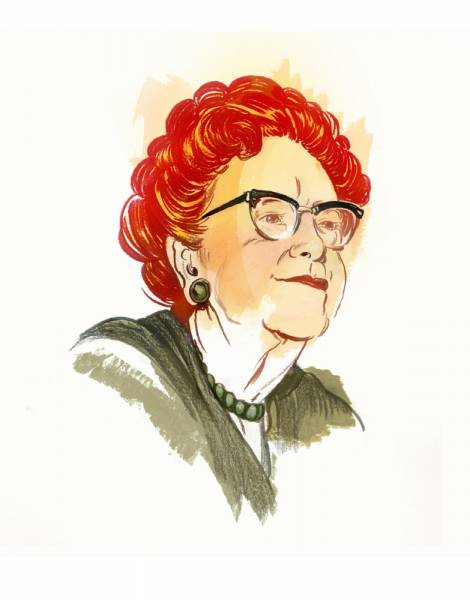
A portrait of the founder of the AARP of the mighty scrappy activist, Ethel Percy Andrus, for the AARP Magazine
Think of it like some sports thing you’re engaging in: sweat, vacillate and worry and fret in the locker room all you like but when you’re out on the field, commit to the choices, plays and decisions you’ll need to make, and go all in on certainty. Know that the reward for these being done right isn’t an art trophy or money or social media approval… it’s the privilege of doing it again, and then again. The prize is more work, and in the end I think you’ll find that no matter how timid and doubtful you are in life, if you are brave and mighty in your work, you might end up backfilling mightiness in your life by accident. The Work can be a terrific forum for practicing the same bold assertiveness one might want or need to learn to do in life. The point of Walter Mitty is that he learns the lessons of his bold adventures in dreamland to bring boldness to his actual non-fantasy life. However you go about it at the very least, no matter how doubtful, nervous and self-loathing you are in life, the Work should be a place where you are not. Use the Work to be a gladiator’s arena where you learn to fight better and win. Hug and learn from the failures without being maudlin about it, shrug off the regret and do it again until its done. Let the Work be Mighty and maybe you can end up being so as a side effect later. While it’s important to balance your best and worst tendencies in making the Work, the Work itself should never sit on a fence, hedge its bets or keep its powder dry for another need down the road. The Work should be all in and fight for itself as if it were the last time it will ever fight again. For the work, every battle is a Ragnarok, and every conclusion must be success. True disaster lies in fence sitting and mediocrity. Fear that more than giving offense, or overreaching. Whether that success is appreciated or utilized by others, used for the assignment you’ve been given, or simply knowing that while it may have failed to achieve its intended goals, it still matters unto itself, there is always some measure of victory there. The mightier it is the greater the chance of that victory and the opportunity to try it again. So get out there and make some trouble. Bend some blades of grass and topple mountains. Be Mighty.


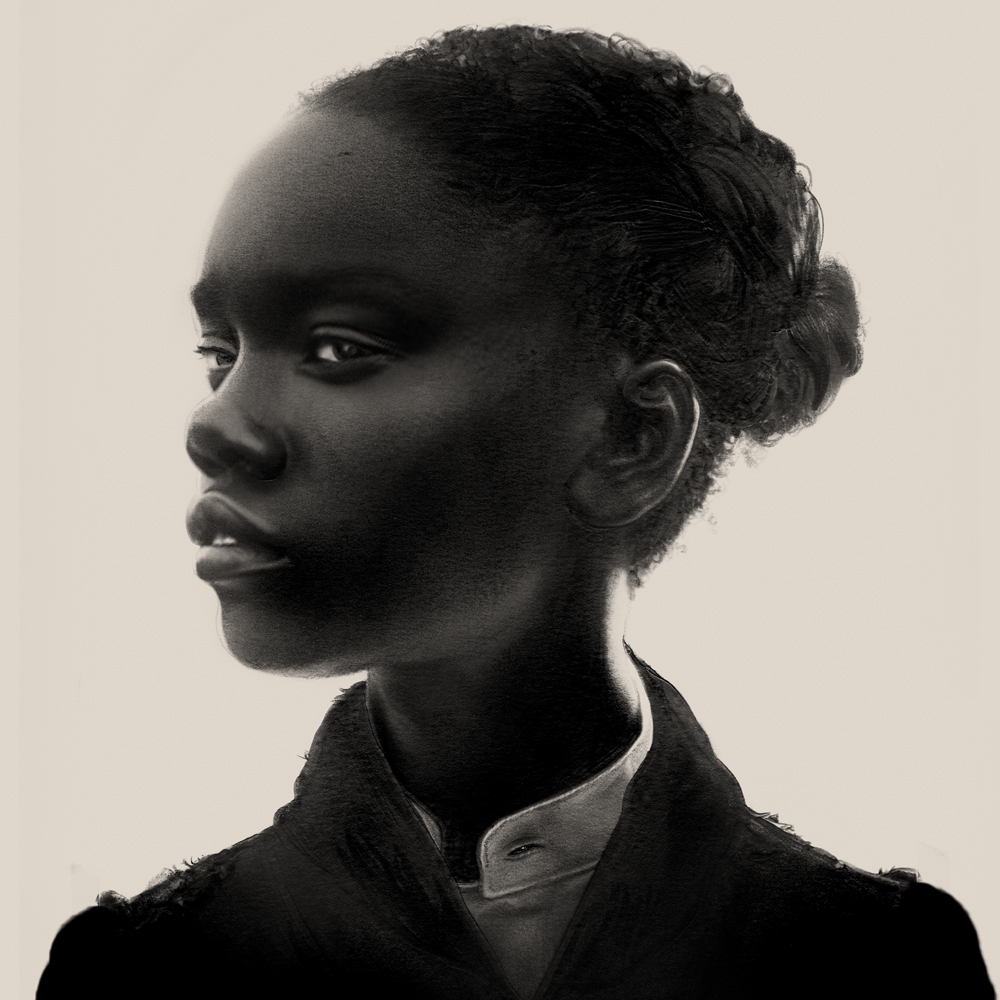
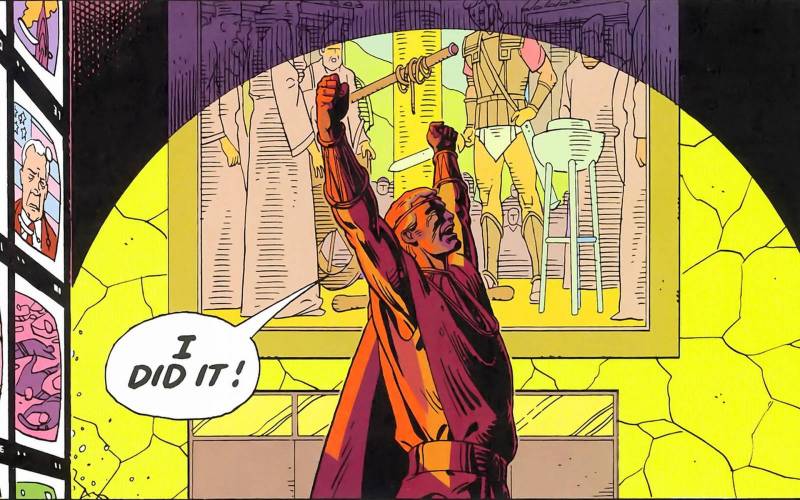
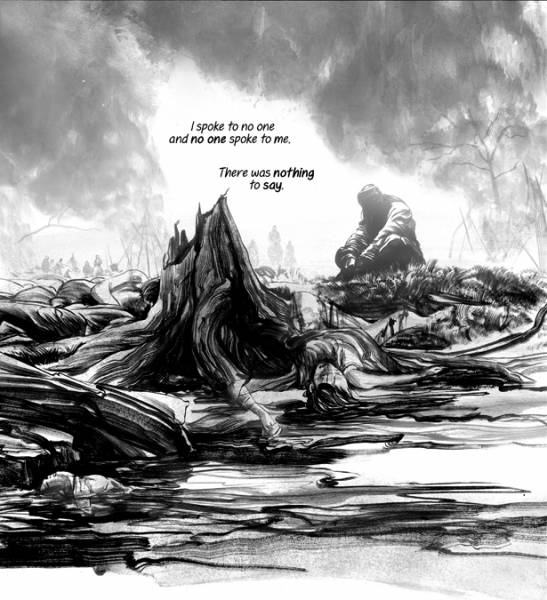

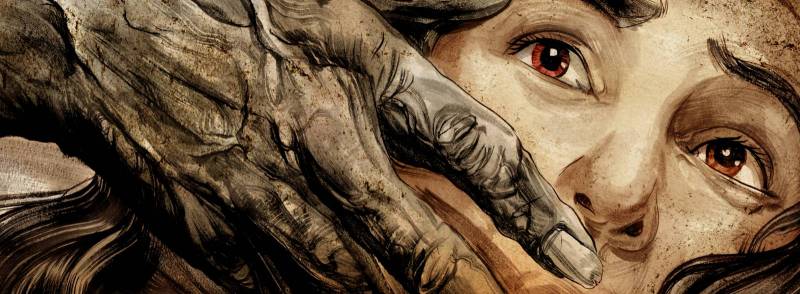

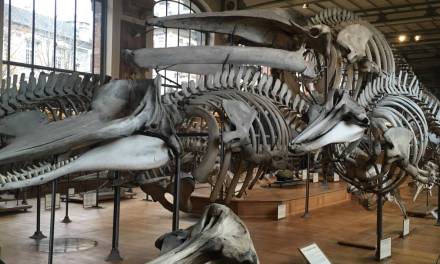

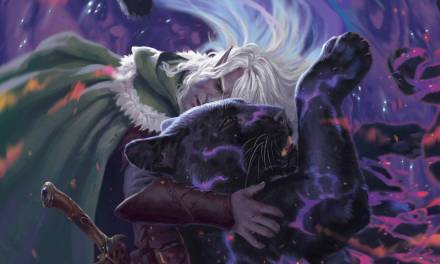
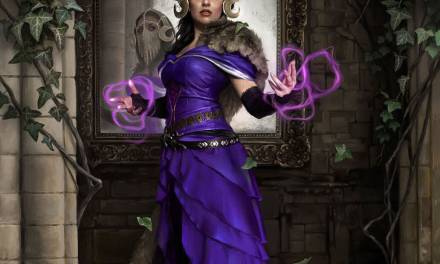

Great article! I really like the fantastic painting of the warrior riding the wild boar. It’s shocking that a painting that cool would be rejected for a book cover.
Well,, a fine painting does not make an appropriate cover sometimes. This was a tricky process across the board, but they wanted a more portraiture adventure style approach this wasn’t ringing properly. So we went a different direction. Thanks- i’, glad you enjoyed the article
This column, this words just save the day for me. Thanks.
Thanks- glad you liked it
It is always good to be reminded that self doubt and failure are entirely part of the process! Even valuable 😉 Thanks for the post!
Extremely inspirational article. Thank you. Its far too easy to take our weaknesses in life to the drawing board. Not realizing it is, or can be a totally different reality that we can actually control. Either physically or emotionally.
Thank you for another heartfelt insightful post Greg!